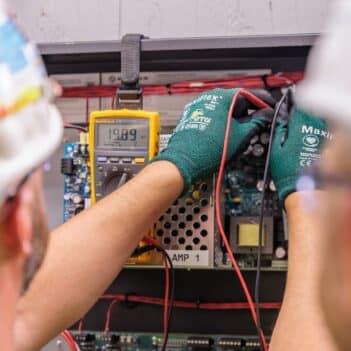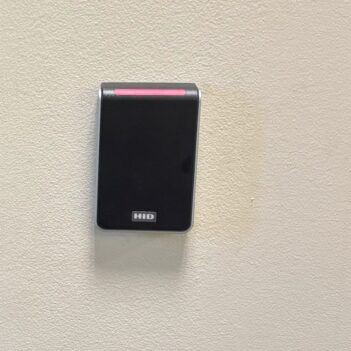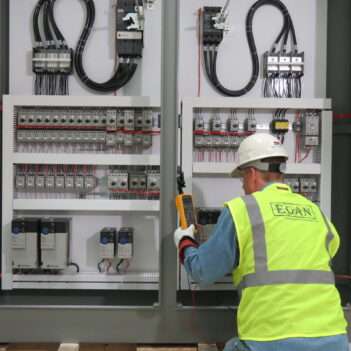News
HOW DO COMMERCIAL BUILDINGS GET LEED CERTIFICATION?
June 7, 2023
In today’s world, sustainable practices and green building initiatives have gained significant importance. LEED (Leadership in Energy and Environmental Design) is a green building certification program developed by the U.S. Green Building Council (USGBC). LEED certification is awarded to buildings that meet certain standards for energy efficiency, water conservation, materials selection, indoor environmental quality, and innovation.
As businesses and individuals strive to reduce their environmental footprint, earning LEED certification has emerged as a notable accomplishment. Simply put, LEED certification validates a building’s commitment to sustainability and offers a roadmap to eco-friendly construction.
HOW TO CHOOSE THE RIGHT LEED RATING SYSTEM
Commercial building projects can pursue different LEED rating systems based on their unique characteristics and goals. The available options include LEED for Building Design and Construction (BD+C), LEED for Interior Design and Construction (ID+C), and LEED for Operations and Maintenance (O+M). Each rating system caters to specific stages of a building’s life cycle, ensuring comprehensive sustainability practices from inception to operation.
THE LEED CERTIFICATION PROCESS:
- Project Registration: Developers register their commercial building project with the USGBC and select the appropriate LEED rating system.
- Documentation and Compliance: Detailed documentation and evidence must be provided to demonstrate compliance with LEED prerequisites and credits. This may include architectural plans, material specifications, energy models, and sustainability reports.
- LEED Certification Levels: Buildings can earn different levels of certification based on the number of points accumulated. These levels include Certified (40-49 points), Silver (50-59 points), Gold (60-79 points), and Platinum (80+ points). The more points earned, the higher the level of certification achieved.
- Verification and Review: The USGBC reviews the documentation and conducts an on-site inspection to verify the building’s compliance with LEED requirements. This rigorous process ensures the integrity and credibility of LEED-certified buildings.
CERTIFICATION MAINTENANCE & OPERATIONS:
Maintaining LEED certification is an ongoing commitment. This maintenance includes monitoring energy usage, water consumption, indoor air quality, and other key performance indicators to ensure continued compliance with LEED standards.
By earning LEED certification, commercial buildings demonstrate their commitment to sustainability, reaping the benefits of reduced operational costs, improved occupant satisfaction, and a positive impact on the environment. As the world moves towards a greener future, LEED certification remains a beacon of excellence for the built environment.
If considering pursuing LEED certification for a commercial building, there are a number of resources available; check out the USGBC website which has resources as well as detailed information about LEED certification.



